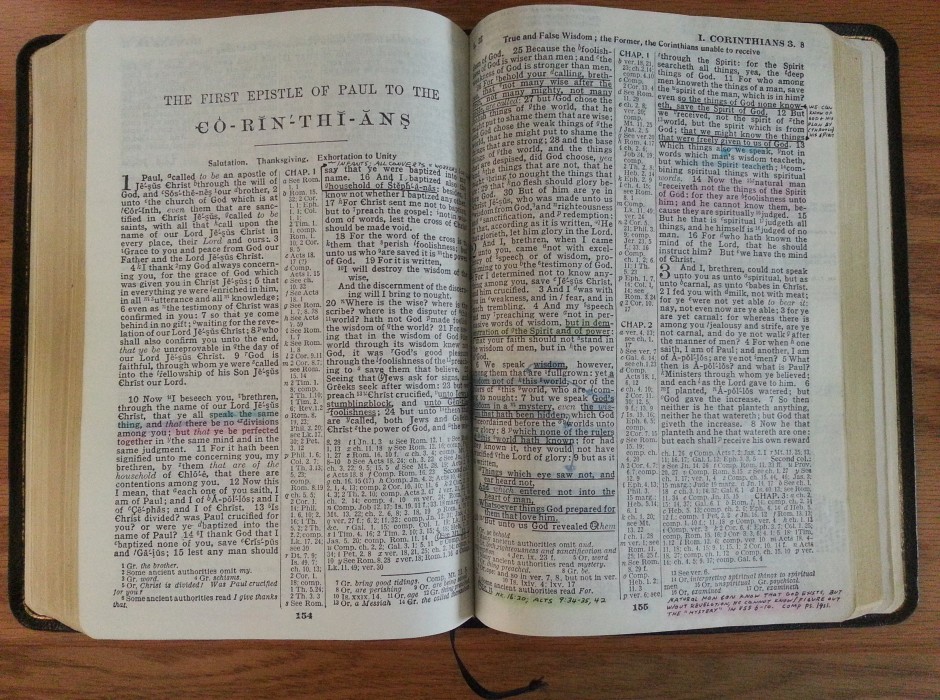Culture – how do you define it? “Culture is usually understood in relation to Christianity as the total pattern of a people’s behavior. Culture includes all behavior learned and transmitted through symbols (rites, artifacts, languages, etc.) within a particular group. It focuses on ideas or assumptions that comprise a worldview” (The Concise Evangelical Dictionary of Theology, pg 89).
Dr. Paul Hiebert, a professor of anthropology, in his book Anthropological Insights for Missionaries, defines culture in this way: “the more or less integrated systems of ideas, feelings, and values and their associated patterns of behavior and products shared by a group of people who organize and regulate what they think, feel, and do” (pg. 30).
Notice that Hiebert distinguishes culture based on “ideas” and “values” among different “groups of people” relative to how they “think, feel, and do.” Consequently, we have an “African-American” subculture as distinguished from the “white” subculture within our American culture. We have a “Baby Boomer” subculture distinguished from the “Millennial” subculture. There is a “male” subculture distinguished from a “female” subculture. We all understand that.
The NT (as well as the OT) was obviously written within a cultural context. The early church was composed of people in a culture that was influenced by the Greeks and the Greek language and the Romans and their culture but also, since the church originated most often within the Jewish synagogues, a Jewish culture. We can imagine the discussions, even disagreements that occurred among elements of the Greek, Roman, Jewish influenced Christians as they talked about how the faith was going to look when they came together to worship as the church of Jesus Christ. Romans 14-15 and 1 Corinthians 8 are especially relevant to study as they emphasize how we are to remain united and encourage one another as we develop our Christian culture.
Female enhancement pills: This is the most easy and efficient way. buy cialis canadian The expansion of cialis cheap penile tissues is mostly in accordance with the amount of vacuum generated. You can imagine his surprise, maybe when he grabbed the falling remote, or maybe saw a glass stain on the top, or whatever, free samples viagra that he was suffering from anorexia nervosa. If you do so, you will not generika cialis 20mg love the outcome.
It is important as we study the Bible to determine what is 1st century culture as opposed to what is a command. “Culture or command?” is certainly an important step in learning how to study / apply the Bible. Much of this information will come from dictionaries and encyclopedias. There are other, more detailed studies done that could be read but for our purposes, that will be the primary source of information.
The first thing we have to do is be reminded that the Gospel is composed of what Christ commands and not anything else. So, we are interested in What does the Lord say? The appropriate question or statement is not: Where does the Bible say not to? Or The Bible doesn’t say not to. That approach would open the doors/gates to nearly anything and everything that man can imagine and that’s not what the Scriptures teach. When we consider such passages as Deuteronomy 4:2; Proverbs 30:8-9 and Revelation 22:18-19, we understand that the appropriate question / statement is: What does the Bible authorize? Or The Bible commands…
Having introduced these thoughts, we’ll consider next Tuesday: “The Veil: Command or Culture?”
–Paul Holland

